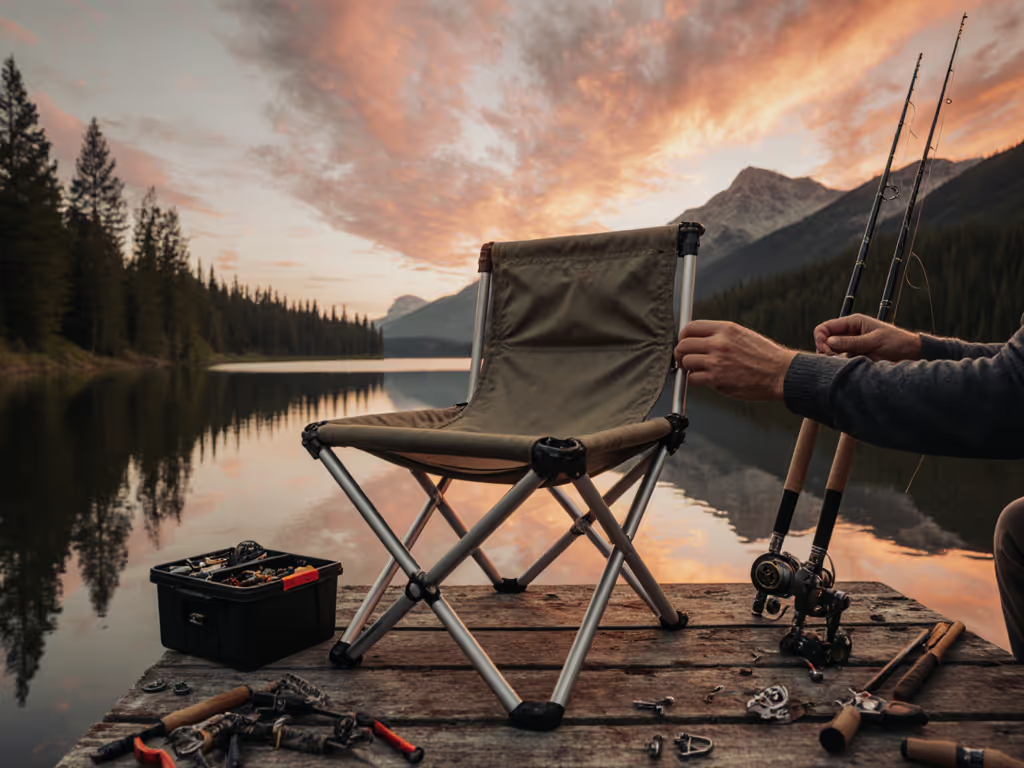
Best Disability-Friendly Camp Furniture: Posture-First Picks
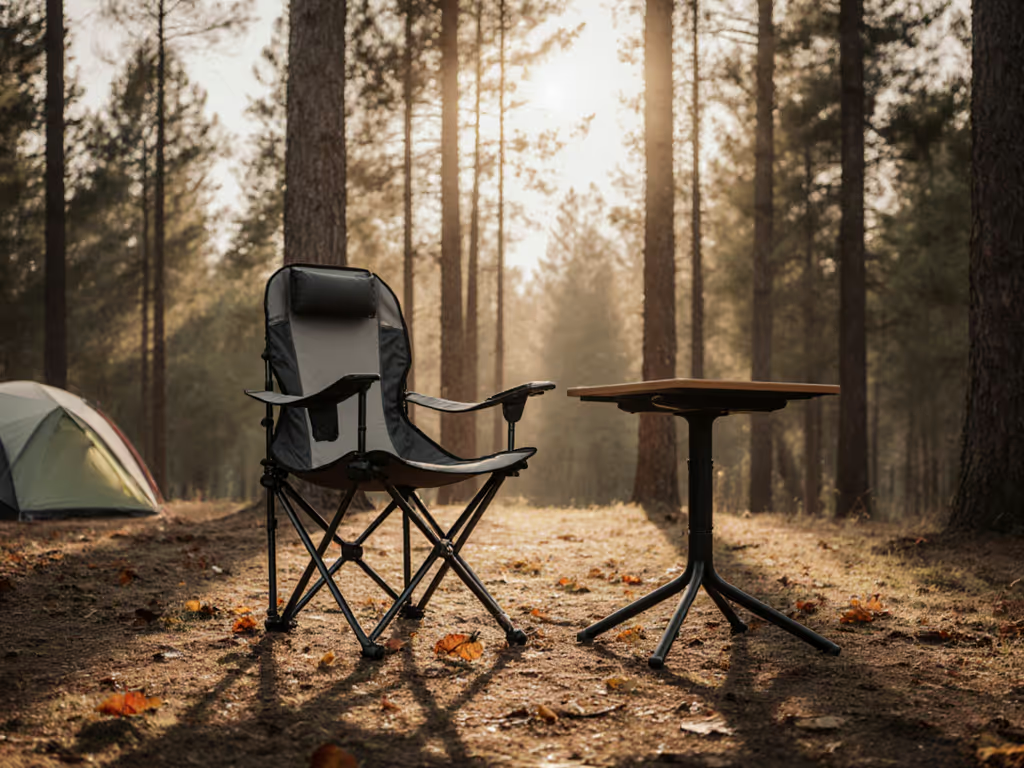
As your camp crew settles in for dinner, watch how they sit. If shoulders hunch or knees jackknife under the table, you've got mismatched camp furniture, not flawed bodies. True disability-friendly camping gear starts with measurable angles, not just padded seats. I've seen groups transformed when geometry clicks: the uncle who finally stays for dessert after we fixed the seat-to-ground drop, the mom who stops rubbing her lower back during card games. Comfort lives in the silent math between your hips and tabletop. It's why seat-to-table fit matters more than any cushion promise.
Why Mismatched Gear Hurts Your Whole Group
When chairs and tables fight each other, everyone pays. A chair seat rising above 19 inches clears knees for taller campers but leaves shorter guests dangling feet, spiking calf pressure. Tables under 26 inches buckle wrists holding forks; over 30 inches force shoulders up toward ears. On soft sand, sinking legs compound these errors. I once watched a friend stand mid-meal as his chair sank, shoulders bracing against the table's edge. We measured: his seat height dropped 2 inches into the sand while the table stayed rigid. No cushion could fix that geometry gap.
The Silent Strain of "Good Enough" Camp Chairs
Most camping gear ignores what happens after 20 minutes of sitting:
- Low seats (<17 inches): Force 90-degree+ hip angles. Knees press upward, straining quads. Standing requires explosive leg drive, risky on uneven ground.
- High seats (>21 inches): Hips tilt backward, collapsing the lumbar curve. Lower backs ache within 30 minutes.
- Narrow seats: Thighs compress against chair edges, reducing blood flow. Notice white marks on legs? That's tissue distress.
- Table height mismatch: When your elbow doesn't rest comfortably on the surface at 90 degrees, shoulders tense. Over dinner, this drains group energy.
Comfort is geometry working quietly in your favor.
Measure Your Way to Posture-First Camp Furniture
Forget marketing claims. Grab a tape measure and follow these steps:
Step 1: Find Your Magic Seat Height
- Sit squarely in a firm kitchen chair (no cushion slump).
- Measure from floor to thigh crease (where leg meets torso).
- Add 0.5 inches for typical ground softness (sand/grass compresses).
- Most adults: 17-20 inches is the sweet spot. Below 17? Standing requires effort. Above 20? Knees lift unnaturally.
- Older campers/taller folks: Prioritize 19-21 inches. Higher seats reduce quad strain when rising.
- Key test: Can you press palms flat on thighs while sitting? If arms tilt downward, the chair's too high.
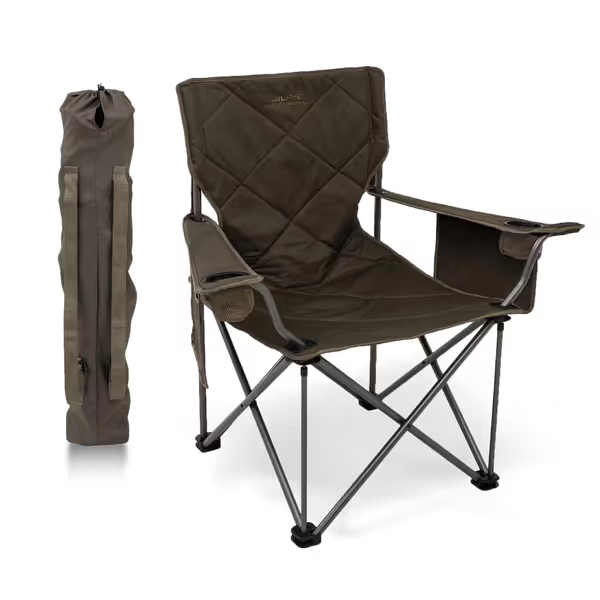
ALPS Mountaineering King Kong Camping Chair
Step 2: Match Tables to Bodies, Not Benches
ADA guidelines (26-30 inches table height) exist for a reason, but your group's needs vary. For deeper guidance on table sizing, adjustability, and real-world setups, see our ergonomic camping tables guide.
- Measure seated elbow height (from ground) of your shortest and tallest guest.
- Ideal table height: 1-2 inches below elbow height when arms rest naturally at 90 degrees.
- Family groups: Target 27-28 inches. Accommodates kids' elbows while keeping adult shoulders relaxed.
- Beach camping: Add 1 inch. Sand compresses under table legs faster than chair feet.
- Wheelchair users: Verify 27-inch max clearance under table for knees. Extend table ends by 6+ inches for access.
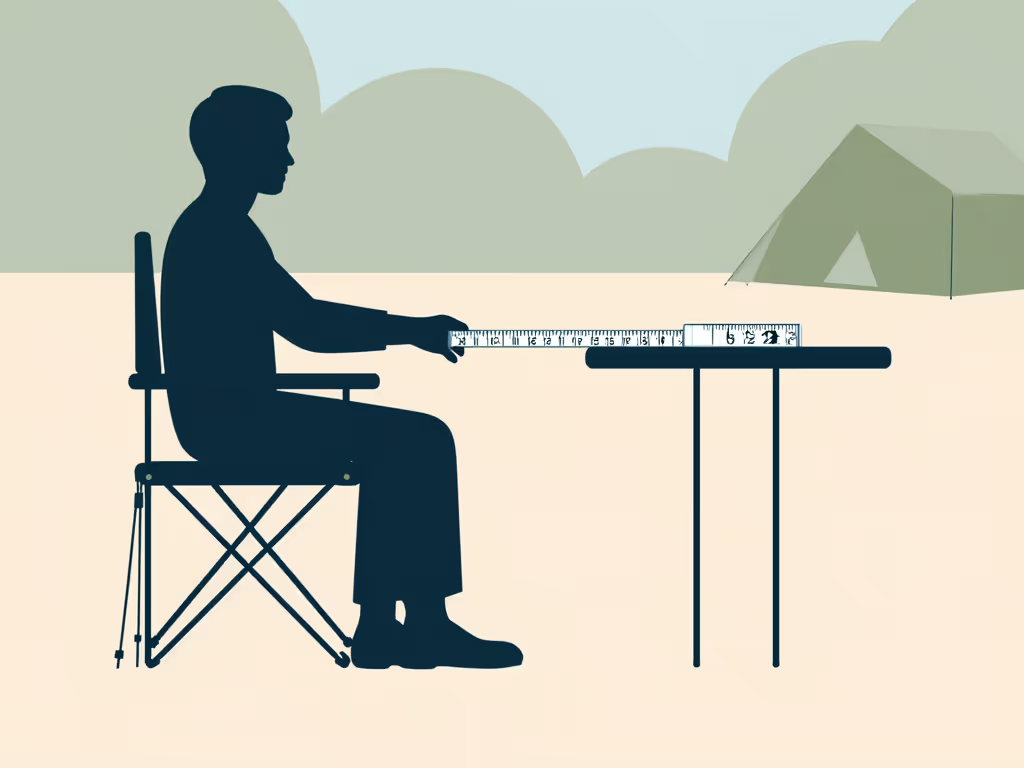
Step 3: Stabilize the Foundation
Wobble isn't just annoying, it disrupts posture. Test stability by:
- Sitting fully weighted in the chair.
- Pushing laterally with 10 lbs of force (like leaning for conversation).
- Checking for leg lift >0.25 inches.
- Problem: Thin chair legs sink on sand. Fix: Add 3-inch wide foot plates (commercially available or DIY with plastic discs).
- Problem: Table legs teeter on rock. Fix: Use adjustable leg levelers (common on ADA-compliant park tables).
- Pro tip: Chairs need 4 contact points at minimum. Three-legged designs fail on uneven ground. Watch hips shift laterally.
Scaling Comfort for Mixed-Ability Groups
Your teen's lounge chair might be perfect for fireside stories, but useless at dinner. Avoid this trap:
- Prioritize dual-purpose seats: Dining chairs with 18-19 inch seats work for meals AND fireside (add a footrest for lounging). Avoid ultra-low "recliners" unless they're purely for post-dinner.
- Modular table setups: Start with a 6-foot ADA-compliant table (27-inch height). Add side tables at 24 inches for lower-seated guests. This creates posture zones without fragmentation.
- Group test ritual: Before leaving home, have all campers sit together at your table. Can everyone rest elbows comfortably? Can the shortest person reach the salt? Adjust now, not at dusk.
Action: Build Your Geometry-First Loadout
Next time you shop for mobility aids for camping, skip the "extra padding" claims. Demand these specs:
- Seat height within 0.5 inches of your measured target
- Table height adjustable within 2-inch range (sand vs grass)
- Leg feet measuring >=2.5 inches wide
- Clear ADA compliance markers for park-style outdoor furniture
Measure your crew before buying gear. Your family's ideal height might differ from online averages. When geometry aligns, the campsite becomes a place where everyone stays, for stories, meals, and the quiet joy of being settled. That's when you'll hear it: the sigh of shoulders finally dropping. No cushion required.
Related Articles

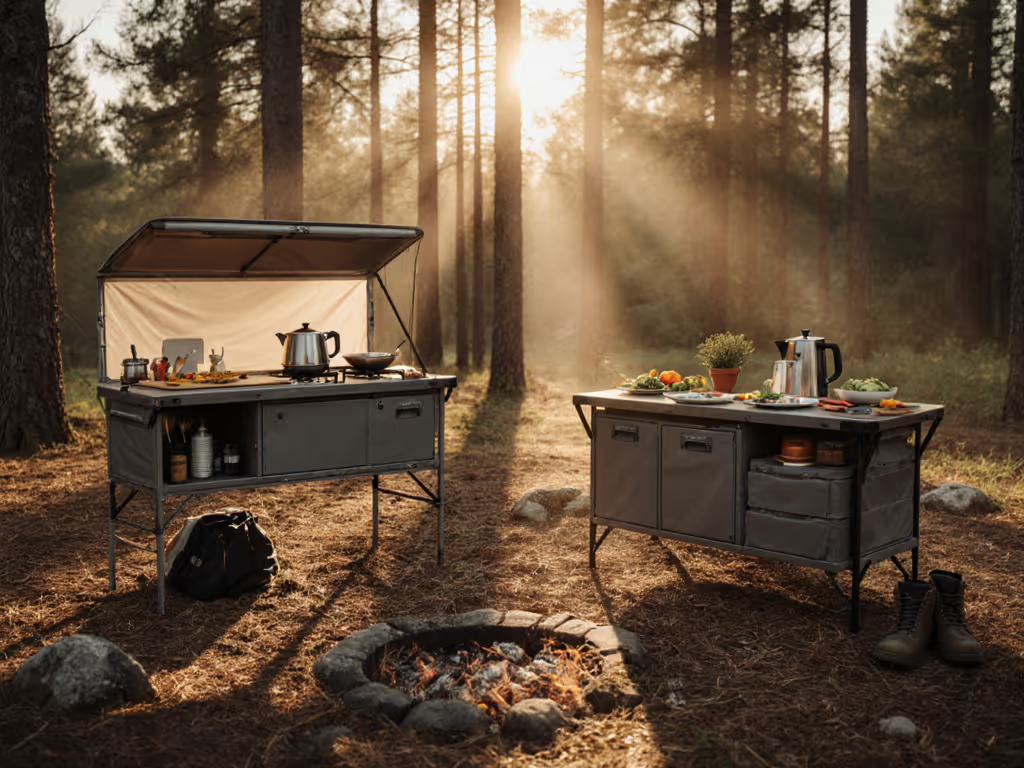
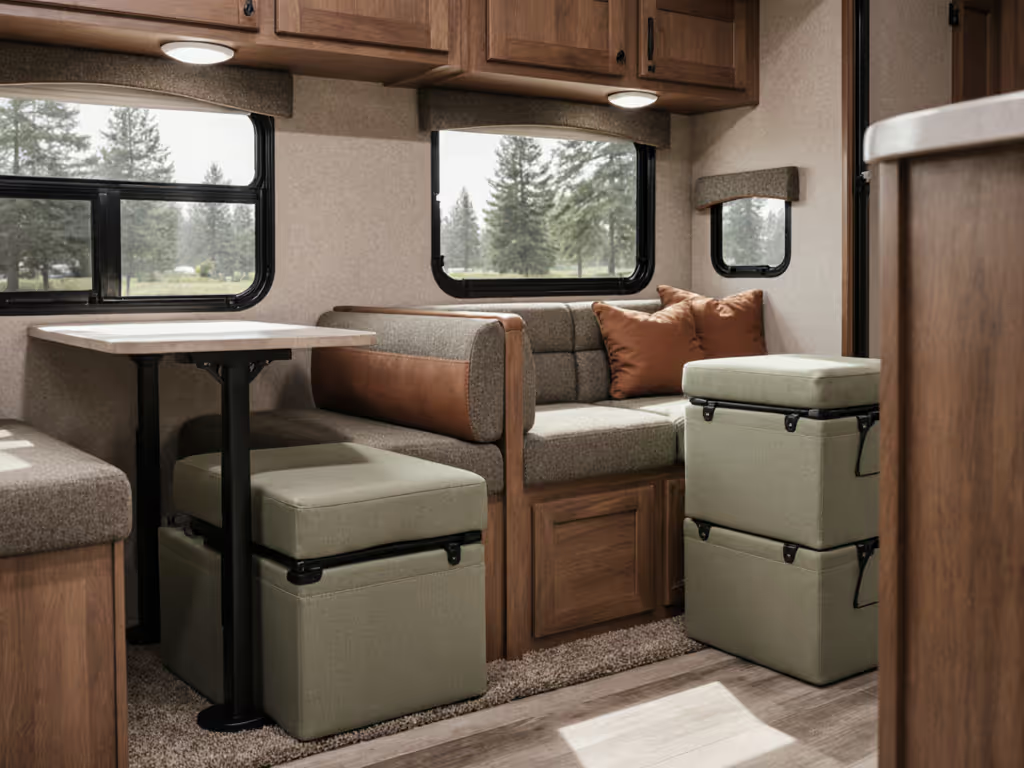
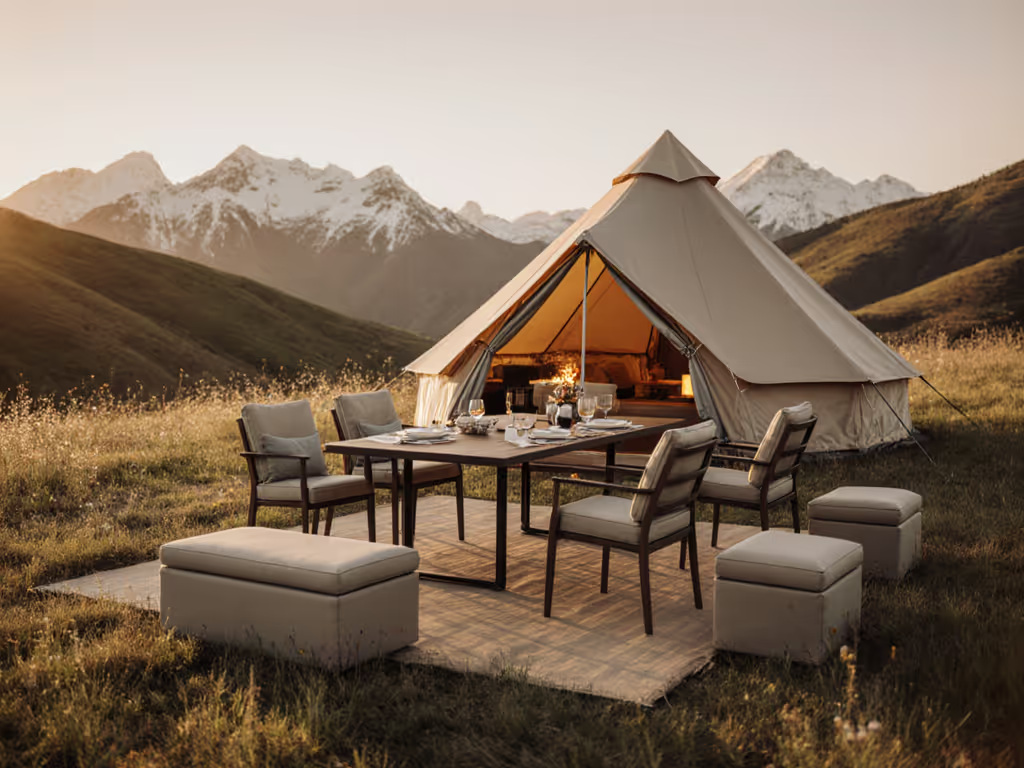
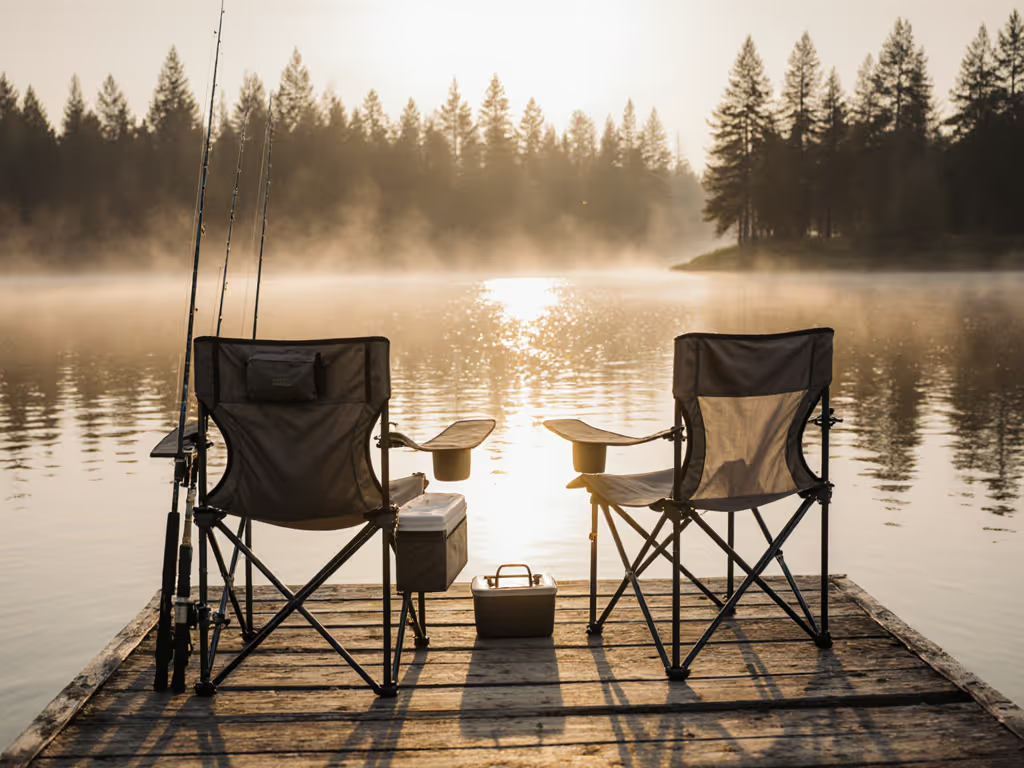
Best Camping Chairs for Anglers: Fishing vs General Models Compared
Compare fishing-specific and general camp chairs to pinpoint the features that prevent sinkage, resist corrosion, and keep gear accessible across mud, rock, and sand. Use trip-based recommendations to build a stable, organized seating setup for boat, hike-in, and family outings.
